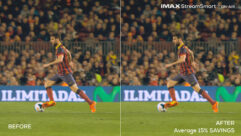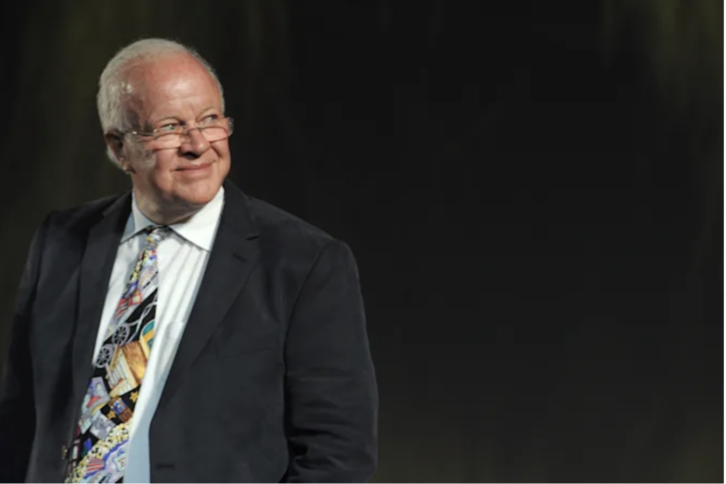
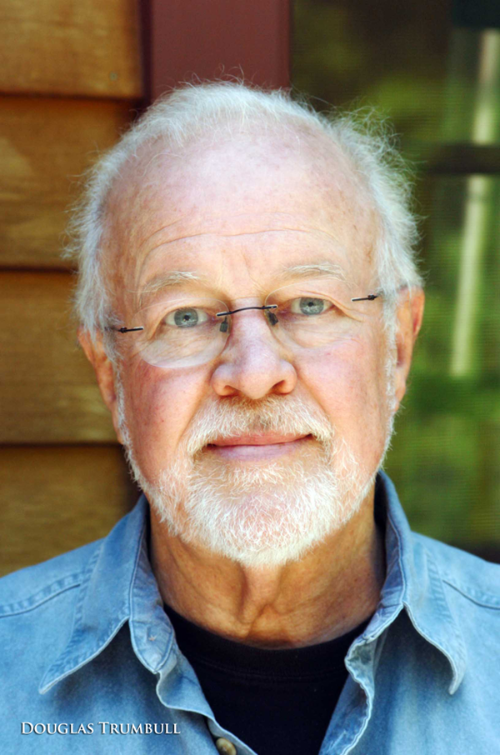 I started my career as a theme park designer when Douglas Trumbull was already famous in my world, having set the standard for all we would pursue with the Back to the Future ride at Universal.
I started my career as a theme park designer when Douglas Trumbull was already famous in my world, having set the standard for all we would pursue with the Back to the Future ride at Universal.
Inventor of the 70mm 60fps Showscan film system starting in the 1970s, he shared the large format film-based landscape with Iwerks and IMAX–a true pioneer in both theme park technology and content. Still, as often happens for theme park pioneers, systems would advance from film to digital in his lifetime to things he could have imagined but not executed with the tech of his time. He went on to followup Showscan with the Magi digital 3D system in 2014, and remained a technical presence until his death, advocating for HFR for six decades and vigorously in the past year as the rest of us began to catch up.
Though his shadow and innovation loomed over my work in theme parks, Trumbull simultaneously had a big tumultuous, sometimes thankless, career in Hollywood. Director of the sci-fi classic Silent Running, one of the principal creators of the 2001: A Space Odyssey and Blade Runner effects, among many others Trumbull had to fight studio politics in the tiny world of cutting edge effects his whole career. Trails were blazed, hearts were broken, and often he retreated to his longtime compound in the Berkshires–where I once had the privilege to visit–to regroup and create. He was nominated for Oscars, honored by SMPTE, and the American Society of Cinematographers gave him a lifetime achievement award. He was hassled and acknowledged in equal measure–not so unusual for a pioneer. He was a cornerstone of the opportunity for my generation of theme park designer. Later, when I became a journalist, he graciously supported me and others, participating in articles and panels to advance the cause of art and technology.
With his death this week, Trumbull is once again receiving acclaim, in both the professional and consumer press. Lots of it.
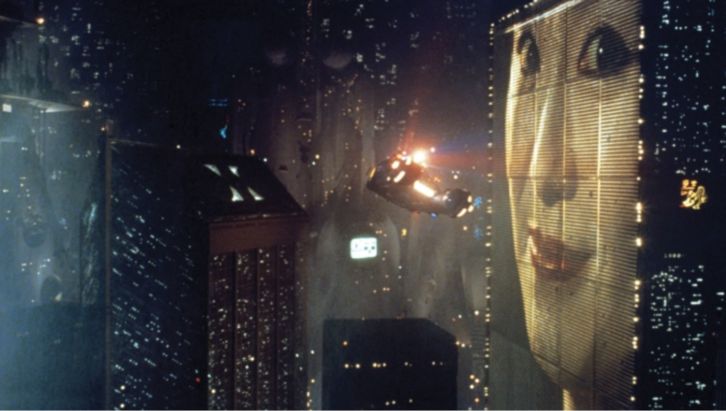 VFX Pioneer Douglas Trumbull: 5 Memorable Moments From ‘Close Encounters’ to ‘Star Trek: The Motion Picture’ (Jazz Tangcay, Variety)
VFX Pioneer Douglas Trumbull: 5 Memorable Moments From ‘Close Encounters’ to ‘Star Trek: The Motion Picture’ (Jazz Tangcay, Variety)
A generation of visual effects artists and filmmakers were influenced by his work, including Weta FX senior VFX supervisor Joe Letteri, who said, “Doug stands out as an iconic figure in visual effects, one of the early pioneers who blended a deep knowledge of cinematography and mechanics to develop techniques that we still use today. An early evangelist of high frame rate processes, Doug’s vision for where we can take cinema is just now coming to fruition.
 Farewell Douglas Trumbull, visual effects pioneer (D.Cooper, Engadget)
Farewell Douglas Trumbull, visual effects pioneer (D.Cooper, Engadget)
Trumbull’s interest in pushing the boundaries of filmmaking technology meant that he devoted much of the ‘70s to developing new technologies. That included Showscan, which ran 70mm film at 60 fps, which Trumbull said offered a new level of immersion and engagement. Sadly, the cost and complexity of such a technology proved a key stumbling block to it being picked up by mainstream cinemas. Years before Peter Jackson and Ang Lee experimented with high frame rates, Douglas Trumbull was making it work in the analog world.
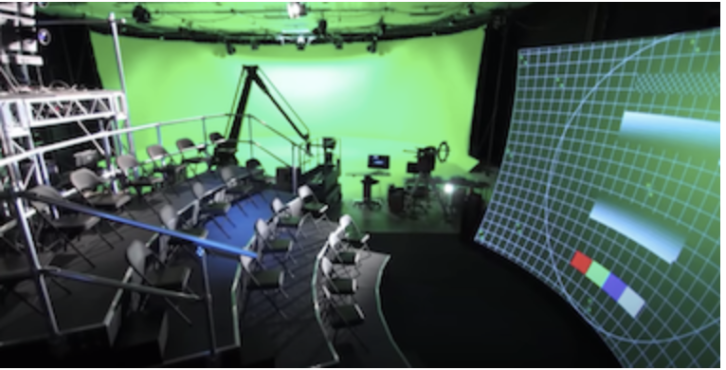 Doug Trumbull’s Quest for Immersive Cinema (Hannah Van Sickle, Berkshire Edge)
Doug Trumbull’s Quest for Immersive Cinema (Hannah Van Sickle, Berkshire Edge)
The author remembers experiencing an early version of Trumbull’s Back to the Future: The Ride, and well as the special effect pioneer’s groundbreaking MAGI pod, 30 years later.
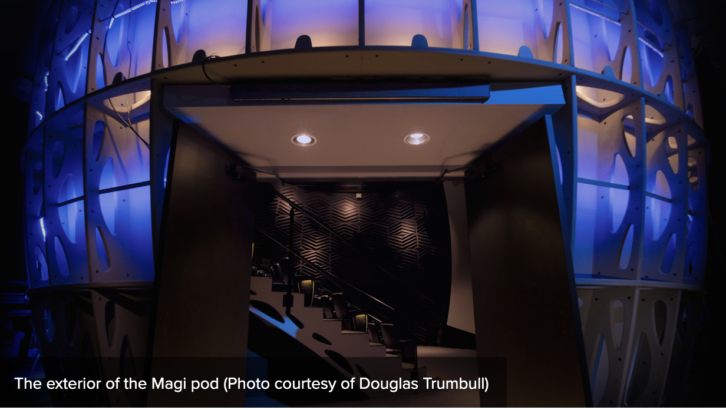 A New Kind of Magic: Douglas Trumbull on Magi, HFR and Dynamic Frame Rates (Sam May, Filmmaker Magazine)
A New Kind of Magic: Douglas Trumbull on Magi, HFR and Dynamic Frame Rates (Sam May, Filmmaker Magazine)
He is the man behind the special effects of 2001: A Space Odyssey, Blade Runner and Close Encounters of the Third Kind, and also the director of Silent Running and Brainstorm. In recent years, he has dedicated himself to “figuring out the future of cinema.” The result: Magi cinema, a means of shooting and projecting films in 4K 3-D at 120 frames-per-second (fps).




